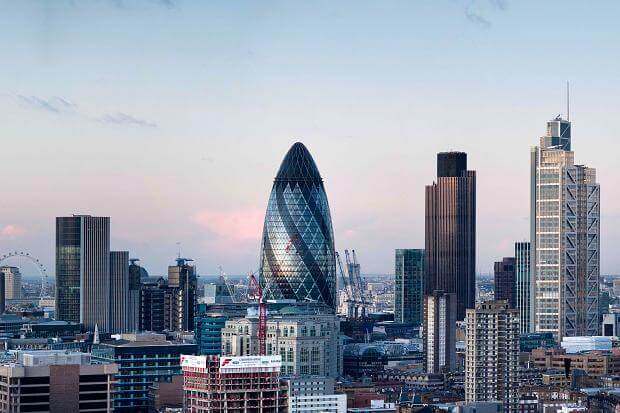The performance of the retail sector is a perennial news headline. Following mixed fortunes during the all-important Christmas trading season, questions are being asked about the future of the high street and whether some of Britain’s best-known high street stores will survive the ongoing shift to online shopping.
However, against this backdrop, data from property agents Carter Jonas shows that councils invested £1.5 billion in retail property between 2013 and 2017 with local authorities recognising that, while the situation is challenging, potential remains.
After years of austerity, councils are looking at retail as a way of diversifying revenue streams; authorities have used record-low interest rates and the benefits of the Public Works Loan Board to finance investment in assets such as retail parks and shopping centres. These sites offer the necessary scale and infrastructure for residential mixed-use development and are particularly suitable for build to rent (BTR) homes – allowing councils to create mixed tenure investments which will generate income for cash-strapped councils and help fund key public services.
However, local authorities must ensure they are sufficiently protected by being selective and taking a long term, holistic approach, not a speculative default strategy, which will deliver a balanced portfolio.
Retail moving out
The retail industry is worth over £350 billion, with a vast majority of spend coming through in-store sales. The landscape is evolving, but the sector remains profit-generating when managed well and the demise of the high street doesn’t mean the death of retail as an asset class.
More specifically, retail success isn’t necessarily tied to the high street itself as city centre positioning is no longer a pre-requisite for profitability. Shoppers increasingly find the high street difficult to access, particularly as many councils have been forced to sell off parking spaces because of tightening budgets.
Diverse, experience-based retail is now very important for customers. This requires enough space to include popular in-store concessions and ample parking provision, both of which have helped larger sites such as retail parks and shopping centres become the more attractive and profitable investments. By contrast to the suffering high street, data shows that shopping centres are improving their rate of capital value growth and total returns year-on-year due, to some extent, to the diversity and completeness of their offer.
Larger sites are also well suited to another crucial facet of successful assets: flagship anchor tenants such as discount supermarkets, leisure opportunities and crèche facilities.
People moving in
A robust local government investment strategy involves separate revenue streams pulling towards a common goal. Investment can’t be done on a case by case basis, councils need to consider how an asset will allow them to shape employment, housing quality and choice and community services in their areas. Large retail sites enable authorities to do this, particularly as they present an opportunity to develop mixed-use schemes with homes sitting alongside or above shops.
BTR is an emerging residential asset class which is attracting significant attention from fund investors and large retail and leisure landlords looking to make the most out of sites, generate footfall and increase land values. Last year, Lambeth Council backed Invesco’s UK BTR strategy with £42 million of investment, citing the class’ suitability for mixed-use schemes as a major attraction. A number of other councils throughout the country have granted, or are expected to grant, large BTR housing developments with an integrated retail offering.
Now, more need to follow suit. BTR is popular with students, young professionals, and young families, so it appeals to the cohorts that retail landlords need to attract. In addition, building BTR units – and ensuring the right proportion are affordable – meets vital criteria for councils: helping to satisfy housing targets, create communities and active frontages and generate additional value.
Value still exists in the retail sector; but it is currently more difficult to find an attractive long-term yield in the traditional high street – councils need to understand where to look in order to secure a strong return. By being savvy, they can mitigate the risk and maximise the opportunity.



